Ulica Bukowska, Wystawa Wschodnioniemiecka
Bukowska Street, East German Exhibition
© Fotopolska.eu
POL
near Poznań
Fetching images...
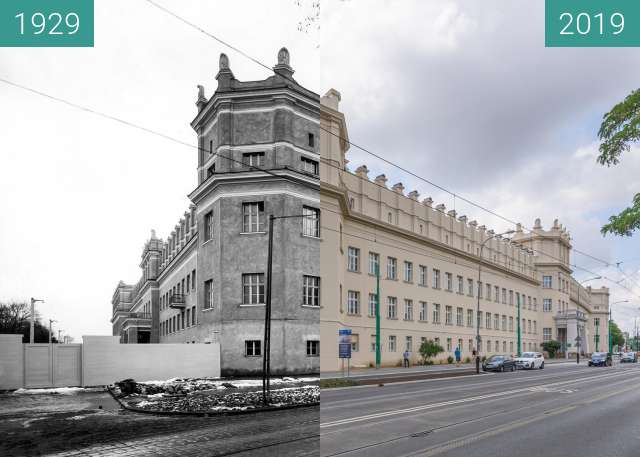

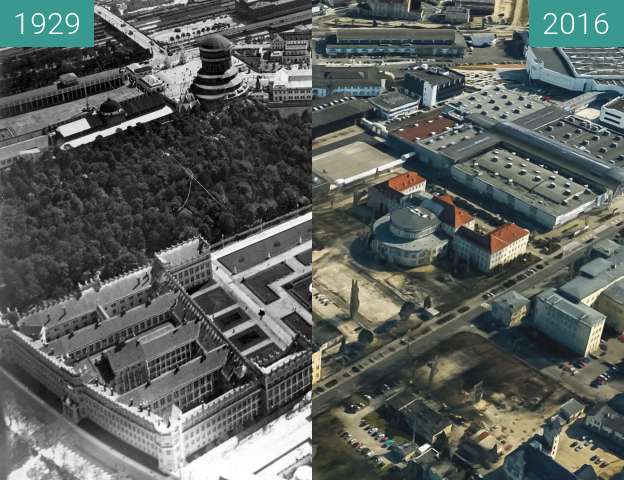

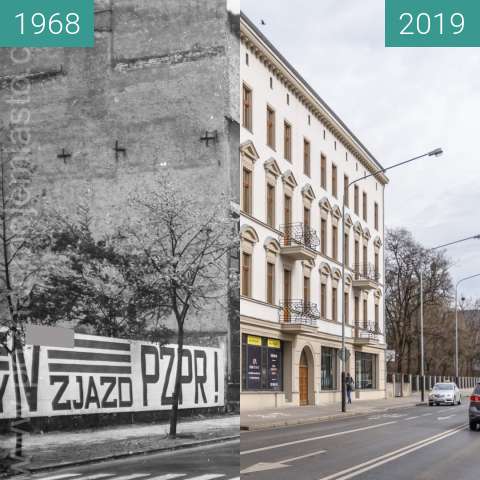
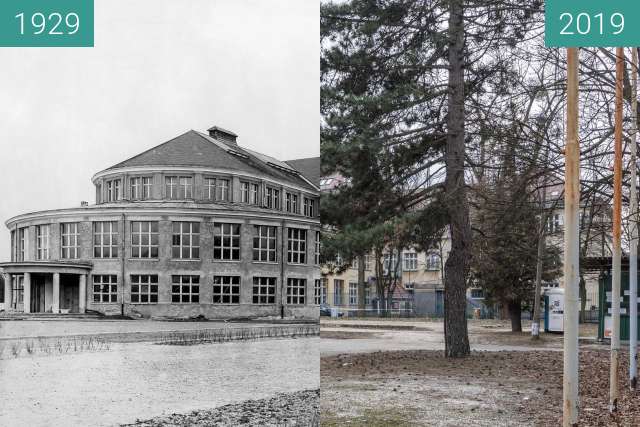
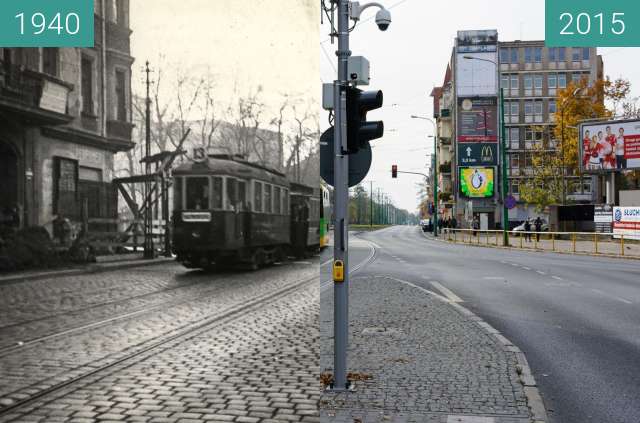
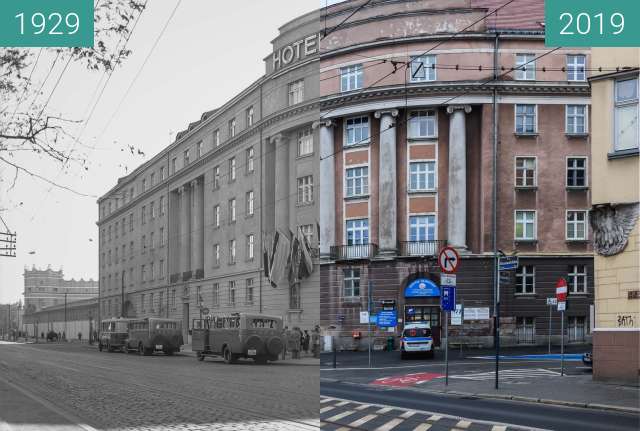
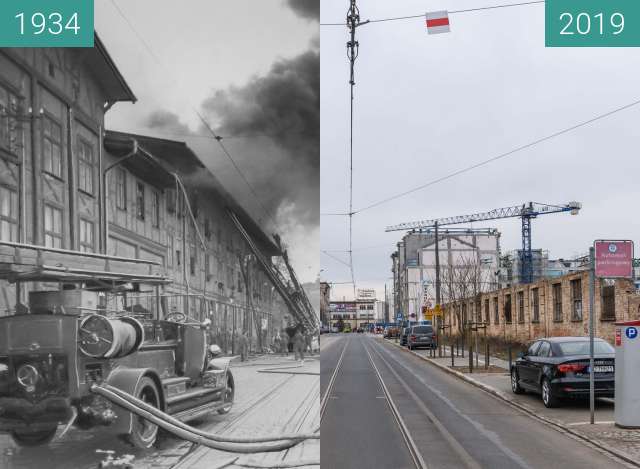

Widok z Marcinka (I Liceum Ogólnokształcące i Gimnazjum Dwujęzyczne im. Karola Marcinkowskiego – najstarsze państwowe liceum w Poznaniu) w kierunku zorganizowanej w 1911 roku Wschodnioniemieckiej Wystawy Przemysłu, Rzemiosła i Rolnictwa (niem. Ostdeutsche Ausstellung für Industrie, Gewerbe und Landwirtschaft Posen).
Wystawa Wschodnioniemiecka była pierwszą organizowaną w Poznaniu wielką imprezą wystawienniczą. Nie miała charakteru ściśle targowego - jej zadaniem była prezentacja potencjału i możliwości niemieckich na terenach wschodnich Prus. Pomysłodawcą imprezy i jej honorowym patronem był cesarz Wilhelm II. Jego syn, następca tronu, Fryderyk Wilhelm, był przewodniczącym komitetu honorowego. Dzięki dużym funduszom zapewnionym przez cesarza, wystawa miała bardzo reprezentacyjny charakter i urządzono ją z wielkim rozmachem. Zgromadzono ponad tysiąc wystawców z różnych regionów, przede wszystkim ze Śląska.
Wystawę otwarł uroczyście Fryderyk Wilhelm 15 maja 1911, na placu pod zbudowaną na tę okazję Wieżą Górnośląską (architekt: Hans Poelzig), którą barwnie iluminowano.
Źródło: https://pl.wikipedia.org/wiki/Wystawa_Wschodnioniemiecka
View from Marcinek (1st High School and Bilingual Secondary School named after Karol Marcinkowski - the oldest state high school in Poznań) towards the East German Exhibition of Industry, Crafts and Agriculture organized in 1911 (German: Ostdeutsche Ausstellung für Industrie, Gewerbe und Landwirtschaft Posen).
The East German exhibition was the first big exhibition event organized in Poznań. It was not strictly a trade fair - its task was to present the potential and possibilities of Germany in the eastern Prussia. The originator of the event and its honorary patron was Emperor Wilhelm II. His son, heir to the throne, Frederick William, was the chairman of the honorary committee. Thanks to the large funds provided by the emperor, the exhibition had a very representative character and was decorated with great impetus. Over a thousand exhibitors from different regions were gathered, above all from Silesia.
The exhibition was solemnly opened by Frederic William on May 15, 1911, on the square under the Upper Silesian Tower (architect: Hans Poelzig) built for the occasion, which was colorfully illuminated.
Source: https://pl.wikipedia.org/wiki/Wystawa_Wschodnioniemiecka